Summary
Fan noise, whether from HVAC systems, computers, or industrial equipment, can be a significant source of distraction and discomfort. Achieving quieter operation is not only about enhancing comfort but also about improving system efficiency and longevity.
This guide provides a comprehensive overview of the primary causes of fan noise and outlines effective strategies for noise reduction, applicable to both DIY enthusiasts and professionals.
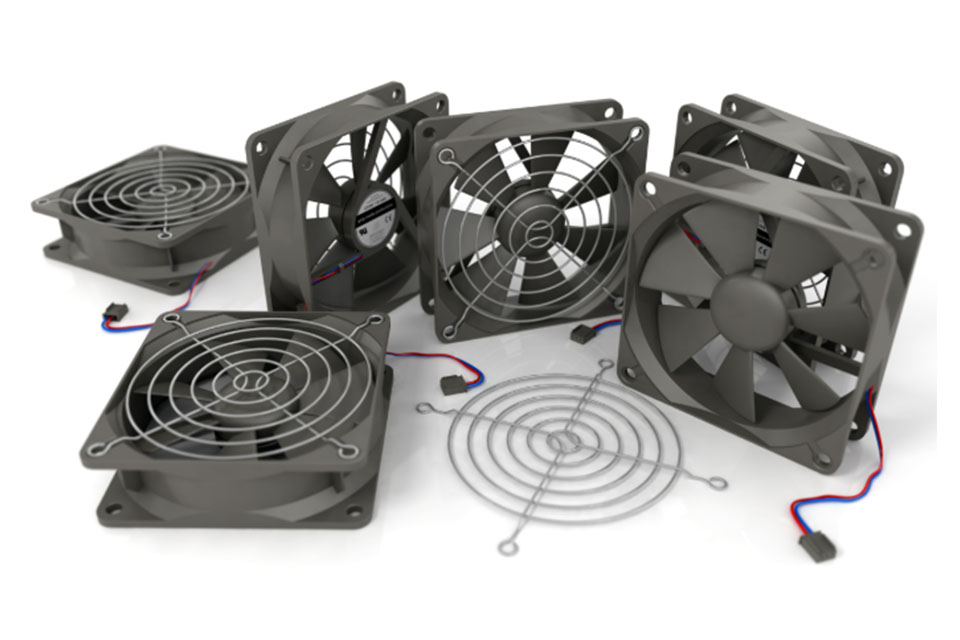
Understanding the Common Sources of Fan Noise
Before you can solve the problem, you must understand its origin. Fan noise is not a single issue but typically stems from three primary sources: mechanical problems, vibrations, and the movement of air itself.
Bearing Friction and Vibration
At the heart of every fan is a motor with bearings. Over time, these bearings can wear out, leading to increased friction and mechanical noise. A distinct grinding sound is often a clear indicator of worn bearings that require immediate attention to prevent fan failure.
Fan Blade Vibration
The fan blades themselves can be a major source of noise. If blades are unbalanced, misaligned, or have become loose, they can create clicking or rattling sounds. This vibration can worsen as fan speed increases and points to a need for inspection and possible replacement.
Airflow Noise
The most fundamental source of noise is the air itself colliding with the fan blades and surrounding structures. This creates turbulence. Higher fan speeds result in greater turbulence and, consequently, more noise. The design of the fan's blades and housing plays a critical role in managing this airflow and minimizing the resulting sound.
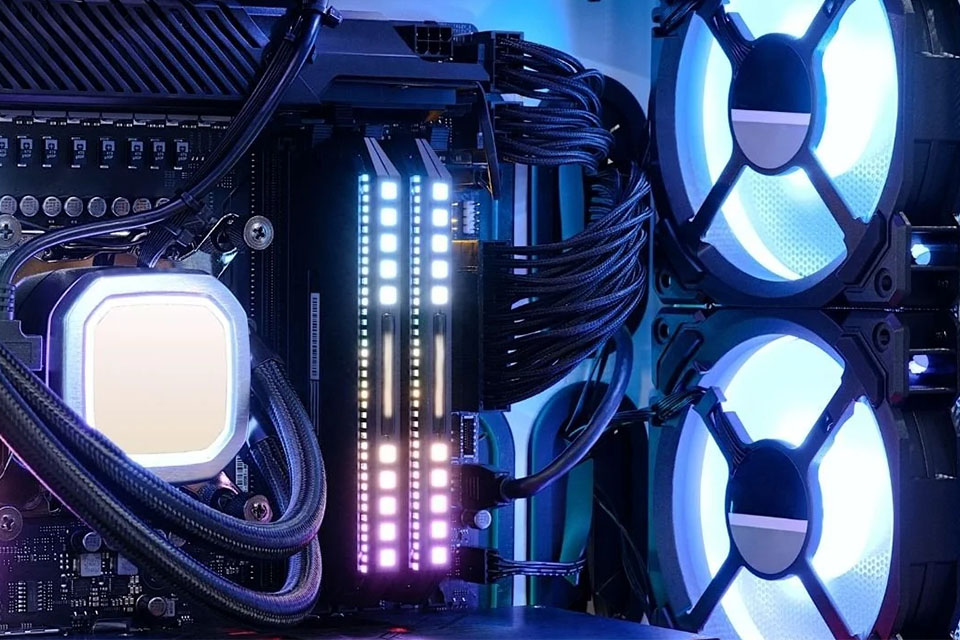
Design and Material
The Foundation of Quiet Operation
The physical characteristics of a fan are critical in determining its noise level. When selecting a new fan or designing a system, paying attention to these elements can make a significant difference.
Blade Design and Configuration
The shape, angle (pitch), and number of fan blades directly influence both airflow efficiency and noise. Blades with an aerodynamic, aerofoil shape are designed to reduce drag and move air more smoothly.
A steeper blade pitch can move more air but often requires a more powerful motor, potentially increasing noise. Fans with more blades (e.g., five vs. three) tend to produce a smoother, quieter airflow, though sometimes at the cost of peak air movement efficiency.
Material Selection
The material used for the blades also plays a role. Wooden blades are known for their quiet operation but may not be durable in humid environments. Plastic blades are lightweight and moisture-resistant, while metal blades are durable but tend to be the noisiest.
Choosing lightweight but rigid materials like aluminum or composite materials helps reduce the load on the motor, allowing for quieter performance.
Size and Speed
One of the most effective principles for noise reduction is using a larger fan running at a lower speed (RPM). A larger fan can move the same amount of air as a smaller fan but with significantly less speed. This reduction in RPM leads to less turbulence and mechanical noise, resulting in a much quieter system.
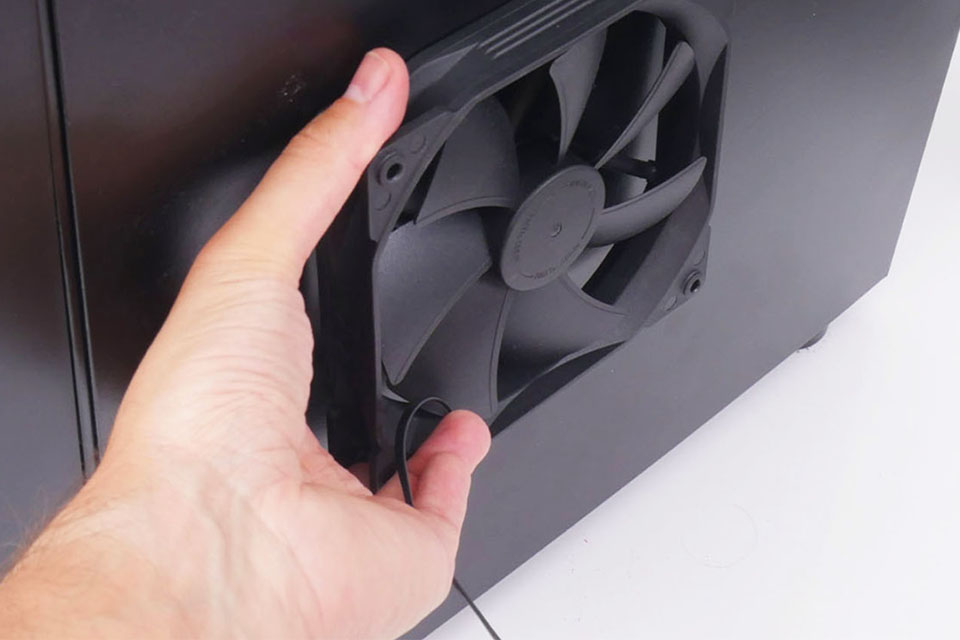
Practical Techniques to Reduce Existing Fan Noise
If you're dealing with an already noisy fan, several techniques can be employed to mitigate the sound.
Fan Speed Control
The simplest solution is often the most effective: slow it down. If your system allows for it, reducing the fan's speed is the quickest way to lower noise. Installing a variable-speed drive allows you to adjust the fan speed based on real-time cooling needs, optimizing for both efficiency and quietness.
Consistent Maintenance
Regular maintenance is crucial. Dust and debris can accumulate on fan blades, causing imbalance and disrupting airflow. Periodically cleaning the blades, checking for and tightening any loose screws or components, and lubricating the bearings can prevent many noise issues from escalating.
Ductwork and Acoustic Treatment
In systems like HVAC, the ductwork is a significant factor. Straight, smooth ducts without sharp bends or obstructions allow air to flow more freely and quietly. For persistent noise, acoustic treatment can be highly effective. This can involve installing duct silencers to absorb sound or using soundproofing materials like acoustic insulation around noisy components to dampen sound waves.
Proper Installation and Positioning
Correct installation is essential. An improperly secured fan will vibrate against its mounting surface, creating excess noise. Ensuring the fan is securely installed at an optimal angle can minimize these vibrations.
For example, using rubber or silicone mounts instead of hard plastic or metal screws can help isolate vibrations and prevent them from resonating through the fan's housing or chassis.
By combining thoughtful design choices with proactive maintenance and proper installation, you can significantly reduce unwanted fan noise, creating a more pleasant and efficient environment.



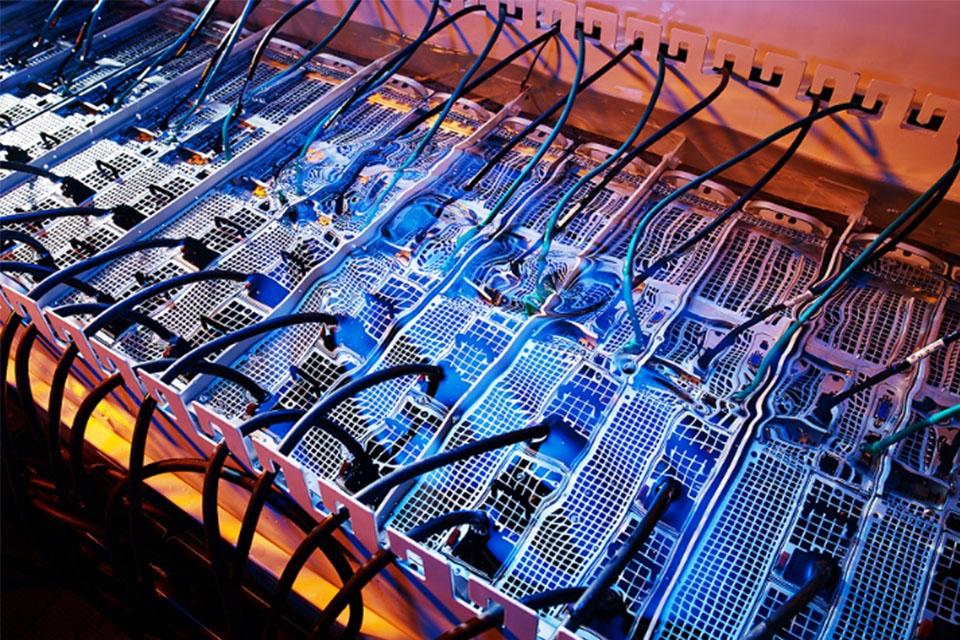 Why Blower Fans Are Essential in Fiber Optic Equipment
Why Blower Fans Are Essential in Fiber Optic Equipment
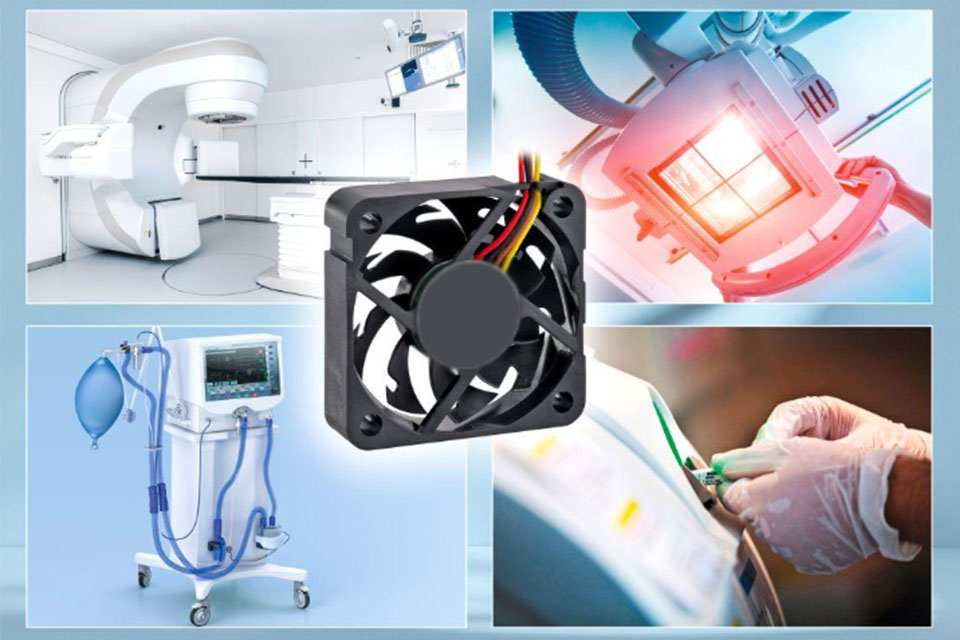 Cooling Fans in Portable Medical Devices
Cooling Fans in Portable Medical Devices
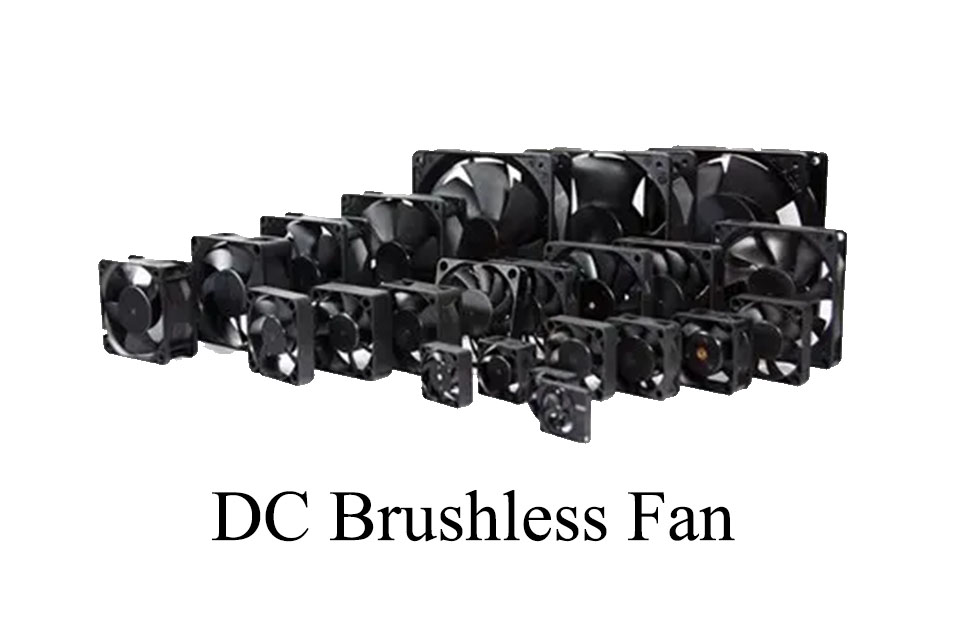 The Critical Role of DC Brushless Fans in Modern Electronics Cooling
The Critical Role of DC Brushless Fans in Modern Electronics Cooling
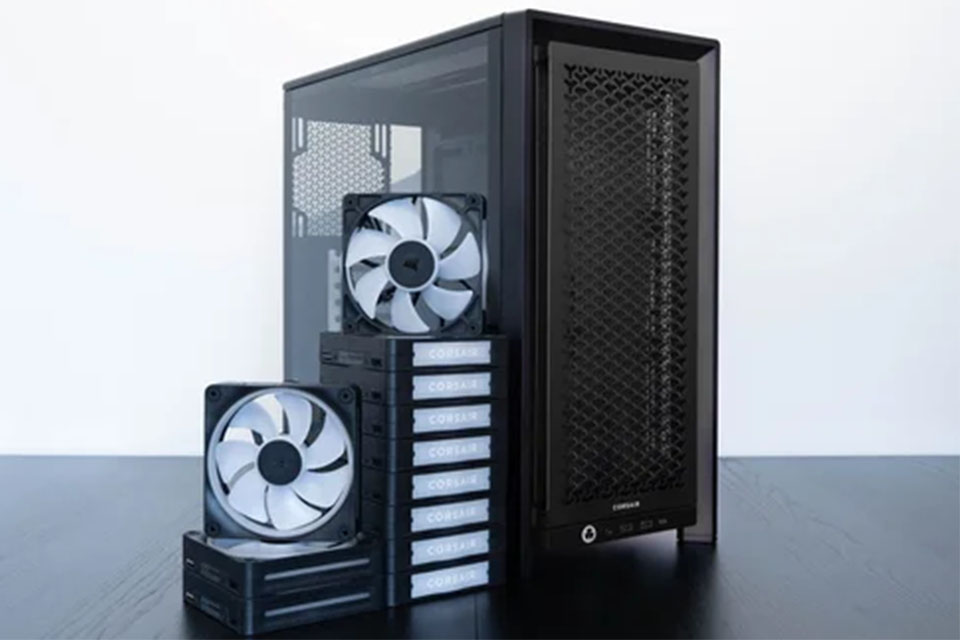 Water-Resistant DC Fans for Harsh Environments
Water-Resistant DC Fans for Harsh Environments

